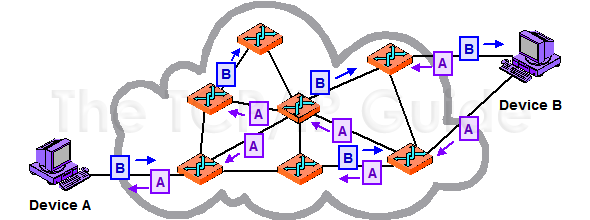 |
|
Please Whitelist This Site?
I know everyone hates ads. But please understand that I am providing premium content for free that takes hundreds of hours of time to research and write. I don't want to go to a pay-only model like some sites, but when more and more people block ads, I end up working for free. And I have a family to support, just like you. :)
If you like The TCP/IP Guide, please consider the download version. It's priced very economically and you can read all of it in a convenient format without ads.
If you want to use this site for free, I'd be grateful if you could add the site to the whitelist for Adblock. To do so, just open the Adblock menu and select "Disable on tcpipguide.com". Or go to the Tools menu and select "Adblock Plus Preferences...". Then click "Add Filter..." at the bottom, and add this string: "@@||tcpipguide.com^$document". Then just click OK.
Thanks for your understanding!
Sincerely, Charles Kozierok
Author and Publisher, The TCP/IP Guide
|
|
|

Custom Search
|
 |
The TCP/IP Guide 9 Networking Fundamentals 9 Fundamental Network Characteristics |
|
Circuit Switching and Packet Switching Networks
(Page 2 of 3)
Packet Switching
In this network type, no specific path is used for data transfer. Instead, the data is chopped up into small pieces called packets and sent over the network. The packets can be routed, combined or fragmented, as required to get them to their eventual destination. On the receiving end, the process is reversed—the data is read from the packets and re-assembled into the form of the original data. A packet-switched network is more analogous to the postal system than it is to the telephone system (though the comparison isn't perfect.) An example is shown in Figure 2.
|
|
|
| |||||||||||||||||||
Home - Table Of Contents - Contact Us
The TCP/IP Guide (http://www.TCPIPGuide.com)
Version 3.0 - Version Date: September 20, 2005
© Copyright 2001-2005 Charles M. Kozierok. All Rights Reserved.
Not responsible for any loss resulting from the use of this site.







 Key Concept: One way that networking technologies are categorized is based on the path used to carry data between devices. In circuit switching, a circuit is first established and then used to carry all data between devices. In packet switching no fixed path is created between devices that communicate; it is broken into packets, each of which may take a separate path from sender to recipient.
Key Concept: One way that networking technologies are categorized is based on the path used to carry data between devices. In circuit switching, a circuit is first established and then used to carry all data between devices. In packet switching no fixed path is created between devices that communicate; it is broken into packets, each of which may take a separate path from sender to recipient.